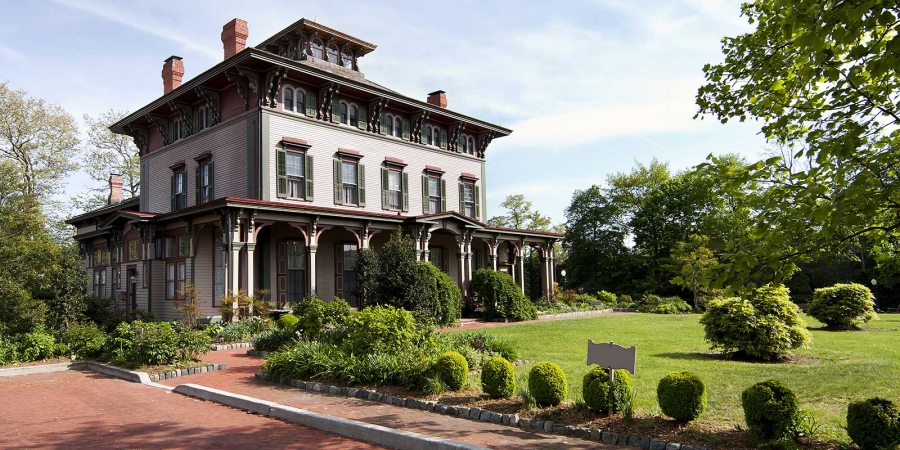The closest you can ever get to owning a piece of history is when you buy a historic building. Other objects with historical value can work as well, but owning a place that's seen and been affected by the events that shaped communities, cities, and whole countries is something entirely different. People visit old, important buildings just to sense that aura of historicity, and owning one can really make you feel connected to people and events that were there before you.
But it comes with a price. Buying a regular building can be a difficult process filled with stress and doubt. When you buy a historic building, the process can be even more difficult. That can mean even more stress, doubt, and potential for experiencing home buyers regret. So, even before you start looking, you should understand how buying a historic building is different from buying a regular building.
You Won't Be Able to Do Whatever You Want with the Building
The criteria a building needs to meet to be deemed historic are pretty obvious. It needs to be old, that's a given. It needs to be associated with something or someone of historic significance. Finally, and this will be very important to you, it needs to have integrity, or as the National Register of Historic Places puts it, it needs to look much the way it did in the past.
Buildings last enough to become historic by not being torn down, and by not being significantly changed. For you, a prospective homeowner, that can mean that you won't be able to make any additions to the home. If a previous homeowner has placed an easement on the property, you can end up with very little leeway to alter it, and you'll probably have to ask for permission even to make the alterations you're allowed to do. Simply put, historical buildings come with baggage. Some of it is historic. Some of it is legal. If you're buying the building, you're taking on both.
Preservation Can Be Difficult
When it comes to historic buildings, there's truth in the saying that they don't build them like they used to. In fact, a building can be deemed historic just for the way it was built. It can be an example of a style that's no longer used or an example of especially masterful craftsmanship. These types of buildings can be incredibly aesthetically pleasing.
But they can also be a pain to preserve. With time, building styles and methods evolved, and so did building materials. In some cases, using modern materials that are readily available might actually damage the building. And because that's something that you don't want to do, you'll revert to using the closest thing possible to old-timey materials, which can be problematic. Yes, you can have certain types of bricks custom-made, for example, but custom-made materials will usually come with a higher price tag. Not to mention that you'll have a harder time finding someone to make them, as well as a contractor who is skilled in working with them. All in all, you should realize that living in a historic home can get expensive.
You Have to Be Extra Careful with Inspections
The standard advice to first-time homebuyers still applies when buying a historic building, but it comes with a caveat — you should take inspections even more seriously.
Inspecting an old home is not the same as inspecting a new one. For one, old buildings might have been built using some materials that we now know are damaging to health. You know how asbestos and lead-based paint aren't good for you? Well, people didn't always know it. You need to make sure that the house is safe for you to live in.
Materials don't have to be toxic to be hard to inspect, though. Inspectors who are only familiar with modern materials might not be able to assess properly the wear and tear on a historic building simply because they don't have any experience with the types of materials that were used for building it or the way they were used. And wear and tear is something that every old house suffers from. So don't call a friend who knows a thing or two about houses to inspect your building. Organize an official inspection by an inspector who specializes in historic buildings. In fact, maybe even organize two inspections by different inspectors, just to be sure.
Financials Can Get Tricky
The good news is that, as an owner of a historic building, you might be eligible for some kinds of tax incentives or credits. The bad news is that you'll probably going to need it.
If your historic dream home has to undergo significant repair, finding the financing can be difficult. Simply put, you shouldn't be surprised if a good number of lenders turn you down. And finding a home insurance policy might be difficult as well. You might be able to find insurance policies for historic buildings, but they are likely to be more expensive.
Even though owning a historic building comes with its own set of hurdles to jump through, many people are still willing to do it. For them, living in a historic building is worth the trouble. You will have to figure out for yourself whether you're one of them. So remember that look beyond the appearance and historicity, and figure out the total amount of baggage your historic building comes with.









